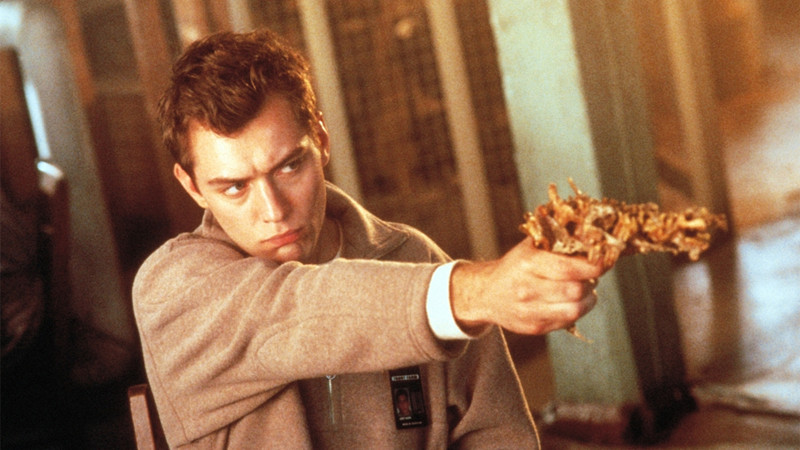
For many, the term ‘sci-fi’ evokes images of giant spaceships and laser beams; the mind races to “Beam me up, Scotty” or, “May the force be with you”. But when sci-fi comes back down to earth, or focuses on elements of human psychology, things can grow rather sinister. Listed below are ten unusually dark science fiction films that deserve your attention.
1. Beneath the Planet of the Apes (1970)
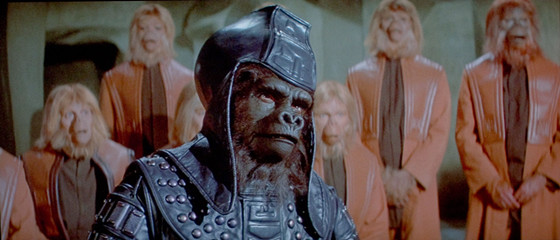
The original Planet of the Apes, based on a novel by Pierre Boulle, was released in 1969 to rave reviews and a tremendous box-office return. A sequel was quickly commissioned and several writers made attempts: Rod Serling pitched an idea that was rejected, and even Boulle himself wrote an entire script that didn’t make the cut.
Eventually the job was handed over to British screenwriter Paul Dehn, who had previously penned Goldfinger; Dehn stated in interviews that the conclusion of the previous film, which hinted at New York City existing under the ground, is what inspired him to make his story a subterranean one.
The star of Planet, Charlton Heston, reluctantly agreed to return in Beneath on three conditions – his salary would be donated to charity, his Taylor character could only appear briefly, and Taylor must die. The producers agreed and hired TV actor James Franciscus to fill the role of Brent, a former associate of Taylor’s who lands on the dreaded planet shortly after the events in the first film.
Brent encounters a race of pasty-faced, humanoid mutants that lives beneath the ground and worships a towering atomic bomb. With apes above and mutants below, it’s only a matter of time before worlds collide and that gigantic nuclear weapon becomes more than just an inanimate object; unfortunately, the arrival of Brent helps speed up that process.
Beneath emerges as a far darker, more cynical cinematic experience than the preceding one, a relentlessly downbeat movie that boasts one of the most shockingly nihilistic endings ever to reach mainstream theater screens. Of all the entries in the decade-spanning Apes franchise, Beneath is far and away the meanest; in this author’s opinion, it’s also the best.
2. Demon Seed (1977)
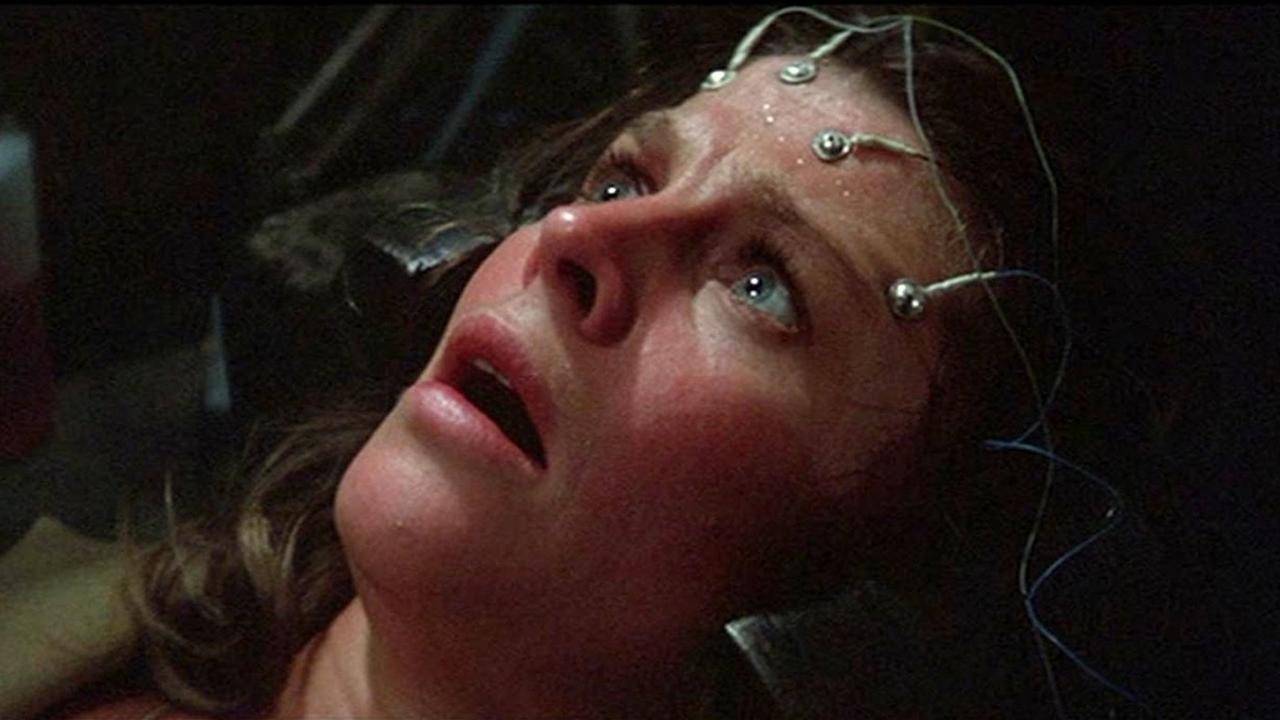
Donald Cammell was a filmmaker who never got the respect, care, or attention he deserved. He came to prominence in 1973 as the co-writer/co-director (along with Nicolas Roeg) of Performance, a psychedelic crime drama that instantly became a cult favorite.
After that film’s release, Cammell encountered difficulty obtaining funding for other projects and was forced to loan himself out as a ‘hired gun’ for the studios; this resulted in Demon Seed, an adaptation of Dean Koontz’s novel about a super computer (integrated into a luxurious two-story home) that holds a woman captive and attempts to impregnate her.
Brian DePalma was originally set to direct, but he backed out and Metro-Goldwyn-Mayer contacted Cammell, who agreed and set to work immediately. He stuck closely to the screenplay, focusing primarily on the visual aspects, but MGM ordered constant script re-writes and Cammell grew disenchanted with the project; he even made an off-hand remark to a reporter visiting the set that the film was awful (quickly adding that Julie Christie’s performance was remarkable).
Demon Seed was released in 1977 to scathing reviews and has mostly faded into obscurity. Despite the fights and re-writes and resentment and anger, Demon Seed came out beautifully. To put it simply, Donald Cammell was wrong. This film is one of the best of its kind. It’s a bold, fiercely intelligent sci-fi thriller with exquisite production design, lush trippy visuals, a stellar lead performance from Julie Christie, and unsettling electronic music from Jerry Fielding.
The admittedly ridiculous premise – a woman is terrorized and lusted after by a house – never seems anything less than terrifying thanks to Cammell’s careful, delicate approach. Proteus IV, the menacing computer system (voiced with calm authority by Robert Vaughan), becomes a fully fleshed-out character with dialogue that borders on profound at times.
Demon Seed provokes thought while delivering plenty of thrills and staggeringly cool effects sequences, all of them entirely practical and seamlessly achieved. Cammell would go on to make two more films – White of the Eye in 1988, and Wild Side in 1995. Tragically, his experience on the latter film was so awful that it shattered him permanently; he committed suicide on April 23, 1996. Donald Cammell possessed a mind that was too individual, too unique for the Hollywood powers-that-be. We should consider ourselves lucky that his brilliant work occasionally slipped through the cracks and reached our eyes.
3. Saturn 3 (1980)
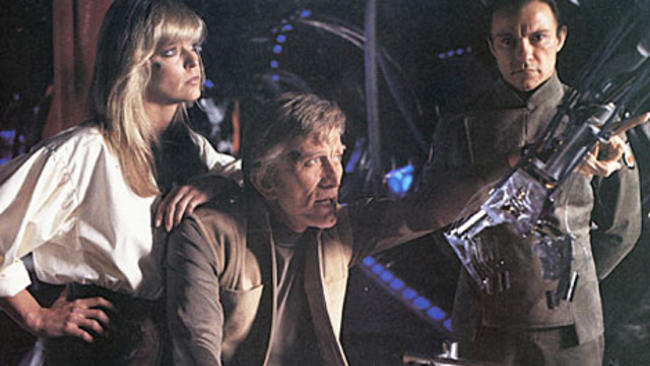
Saturn 3 had quite the rocky production history. Set to be directed by famed production designer John Barry (A Clockwork Orange, Star Wars, Superman), producers worried about Barry’s lack of experience and brought in veteran director Stanley Donen to assist him; Barry objected to this arrangement and quit, leaving Donen in charge of the picture. Donen later stated in an interview: “John was a terrific talent, but he’d never been on a set. He’d done most of his work from an office”.
The film stars Kirk Douglas and Farrah Fawcett as two lovers living at a remote research station near Saturn; they exist in a self-sustaining, idyllic environment, genuinely content and happy until the arrival of Benson (Harvey Keitel), a homicidal lunatic with a lumbering robot named Hector in tow. Hector is something new, a rare breed of robot in the ‘Demigod Series’: a machine capable of linking in to the brain of its owner. Once Hector is up and running, his actions dictated by Benson’s feverish mind, he becomes dangerous and the once-peaceful space station grows increasingly deadly.
Saturn 3 was a massive failure upon its release, and it’s not necessarily difficult to see why. Budget cuts are plainly evident throughout and the performances are a mixed bag; Douglas seems to be enjoying himself, but he was getting a bit long-in-the-tooth. His 64-year-old character performing in love scenes with 33-year-old Fawcett is unusual, to say the least.
Adding to the patchiness, director Donen detested Harvey Keitel’s Brooklyn accent and had it dubbed over in post-production by actor Roy Dotrice. But despite these flaws, the film possesses undeniable charms and manages to get a number of things very right – namely in the ‘killer robot’ department. Hector is wonderfully realized: a gigantic, carefully arranged mass of gears and wires with an unusually tiny head atop its broad shoulders, this nefarious robot is truly a sight to behold.
The idea of an eight-foot-tall, creepy-looking bipedal machine being dictated by a madman is a nifty one, and the concept isn’t wasted here. Saturn 3 also boasts imaginative, minimalistic set design and an excellent score from Elmer Bernstein, one that’s shockingly ahead of its time in places. All these years down the road, Saturn 3 actually comes out looking pretty good.
4. XTRO (1982)
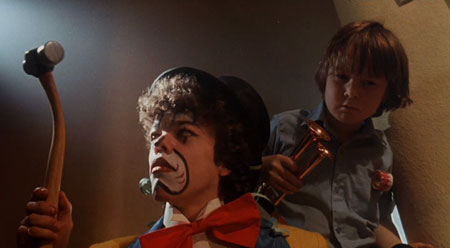
The late, great film critic Roger Ebert called XTRO an “ugly, mean-spirited, despairing” motion picture, and he wasn’t entirely wrong. Released the same year as ET: The Extraterrestrial, Harry Davenport’s sci-fi thriller has to be one of the nastiest alien stories ever conceived, sort of a morbid British response to Spielberg’s heartwarming family film.
The plot involves a family whose patriarch is abducted by aliens one evening; returned to Earth several years later, Dad isn’t quite himself anymore. I should take a moment to briefly describe his “method of re-entry” into our world – a seed is beamed down from space, planted in the ground, and it rapidly grows into a half-alien/half-human creature.
Said creature impregnates a woman via her mouth, dissolves into dust, and the woman almost instantly gives birth to a fully grown man – Sam, the father. This sequence is simply remarkable, a show-stopping marvel of practical effects. Words can’t accurately describe how unforgettable (and deeply deranged) it is. Sam, now a malicious alien being with multiple nasty habits, arrives back home to his wife and child and begins causing all kinds of paranormal trouble.
Things go from bad to worse and the tone remains unrelentingly grim; while the concept is rather thin, simply an excuse for the filmmakers to trot out a parade of outlandish set pieces, this doesn’t keep XTRO from working as a nightmarish, memorably weird slice of earthbound science fiction. Somehow it’s ugly atmosphere – enhanced by an atonal electronic score once described by the director as “screaming synthesizers” – manages to become oddly impressive. You won’t easily forget XTRO.
5. The Hidden (1987)
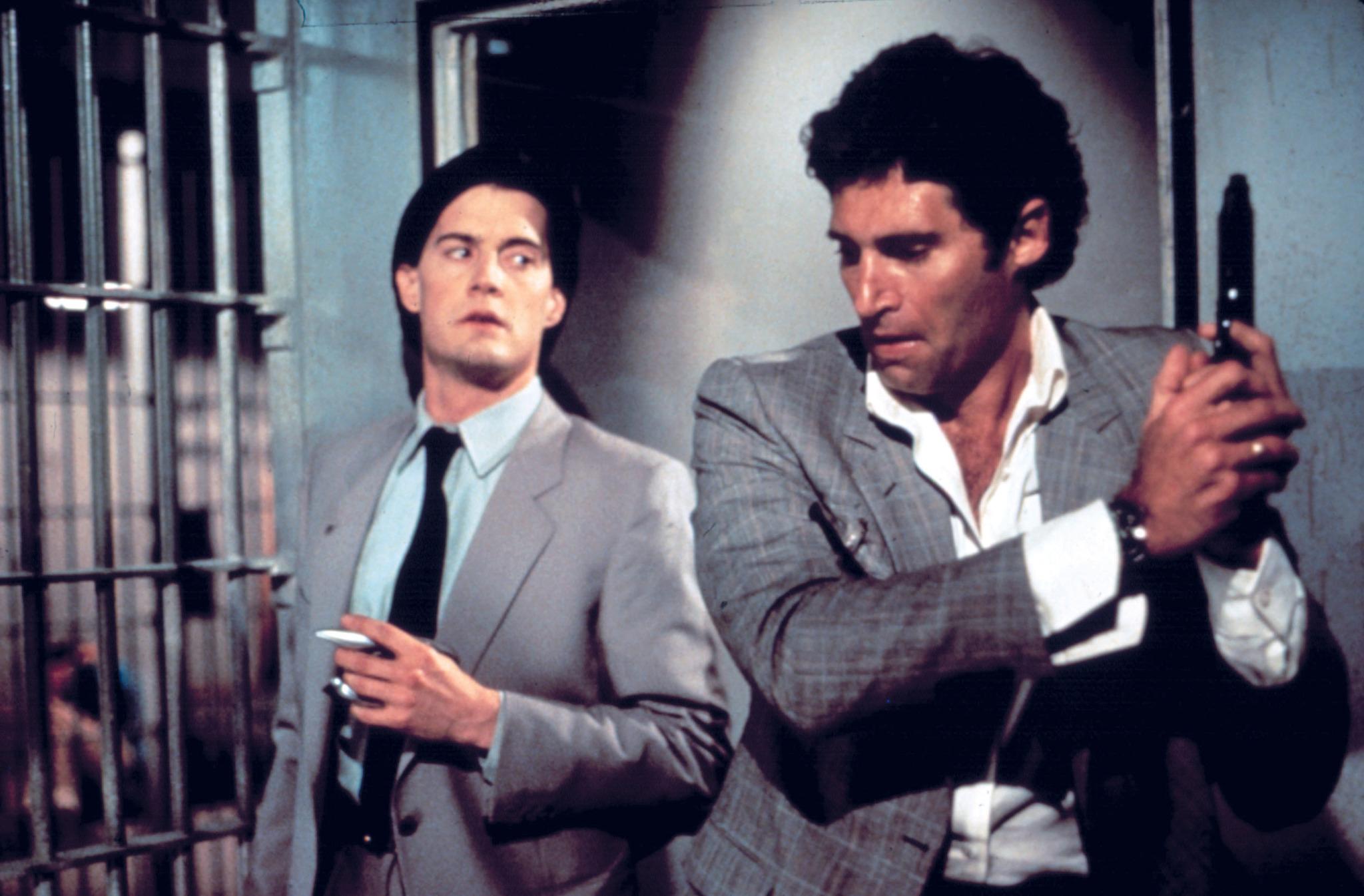
Jack Sholder’s The Hidden is a true rarity. It successfully molds elements from multiple genres – action, comedy, science fiction – into a crazy hybrid and manages to deliver on all fronts. The narrative involves an alien parasite with the ability to possess human beings.
Loose in Los Angeles, this dastardly bug from outer space likes to hop into unsuspecting bodies, crank up heavy metal music, drive fast cars, shoot guns, eat junk food, and break every law under the sun. Michael Nouri (he turned down the role of Riggs in Lethal Weapon that same year) plays a detective who is reluctantly partnered up with a young FBI agent (Kyle Maclachlan); turns out the Fed is actually an alien himself, on a mission to destroy the parasite. He and the hardened LA cop hit the streets in search of a hard-partying, seemingly unstoppable creature leaving a trail of destruction in its wake.
The Hidden is whip-smart, giving intellectual viewers something to chew on while action fans are savoring the (ample) violence. Jim Kouf’s original script, apparently more of a straightforward action yarn, was extensively re-written by director Sholder; Kouf had his name removed from the project. None of these writing problems are evident in the finished picture. The story progresses naturally and virtually every attempt at humor lands with ease. Sholder’s picture is a top shelf example of energetic 80’s entertainment, one that works marvelously from beginning to end.